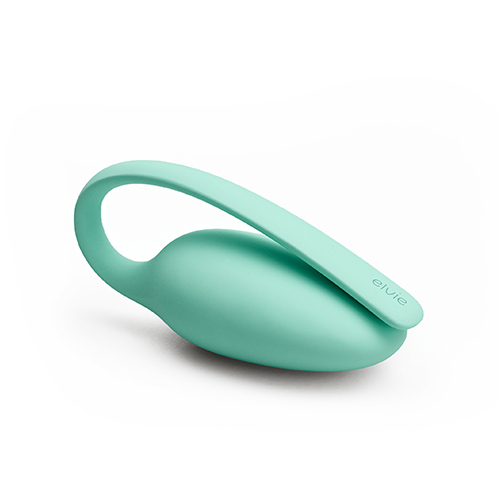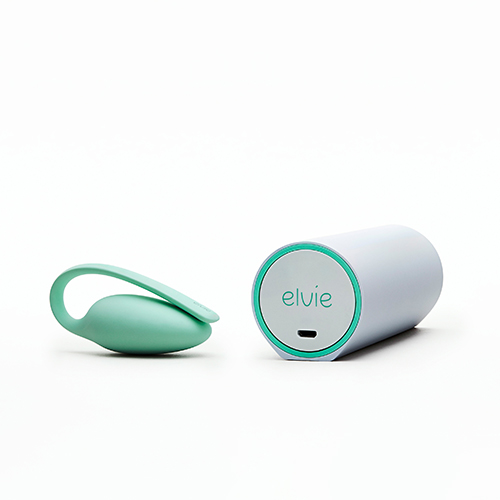AD This article contains links
The Importance of Training Your Pelvic Floor
Your pelvic floor is a layer of muscles that sits like a hammock between your tailbone and pubic bone and plays an important role in supporting your pelvic organs. Pelvic floor issues often occur when the pelvic floor is weakened and are very common, affecting one in three women and up to 70% of new mums1. There are a number of factors that can result in a weak pelvic floor including pregnancy, childbirth, ageing, high-impact sport or weight gain.

Maintaining the health of your pelvic floor through targeted exercises is therefore important to reduce the risk of pelvic floor issues, as well as reducing or eliminating symptoms2. Pelvic floor exercises (also known as Kegel exercises) are usually performed by repeatedly contracting and relaxing the pelvic floor muscles for five to ten seconds at a time.

How Elvie Trainer Works
Elvie Trainer is a small and smart pelvic floor training tool that helps you perform pelvic floor exercises. The device, which is placed inside the vagina when in use, connects to an app on your smartphone and guides you through fun, five-minute exercises to strengthen and tone your pelvic floor.

Why Elvie Trainer?
Although pelvic floor exercises can be effective without a training aid, it is difficult to stay motivated when training a muscle that can’t be seen or measured. By connecting to an app Elvie Trainer allows you to visualise your muscle strength on your smartphone screen, track their progress and see your improvements over time.
Unlike other pelvic floor training aids, Elvie Trainer also makes sure you are practising the correct technique. One in three women pushes down with their pelvic floor, rather than lifting up, when attempting to perform pelvic floor exercises. This is known as the Valsalva manoeuvre and can actually cause damage to the pelvic floor. Elvie Trainer’s patented force and motion sensor system detects if you are pushing down and alerts you via the app, helping you to get it right.
Elvie Trainer can be used in the comfort of your own home, easily fitting into your daily routine. Recommended by over 1,000 health and medical professionals worldwide, many women report experiencing good results with Elvie Trainer in as little as a few weeks.
To find out more information about Elvie Trainer please click through to the Eurosurgical site where they are currently offering 20% off the product with the code ELVIE20. Elvie is also working in partnership with the NHS Supply Chain so you can also enquire if your NHS professional can order one for you through the NHS Supply Chain Portal, using code FKG272.
1Price, N. et al. (2010). ‘Pelvic floor exercise for urinary incontinence: A systematic literature review.’ Maturitas, 67(4), 309-15.
2Dumoulin, C. et al. (2015). ‘2014 consensus statement on improving pelvic floor muscle training adherence: International Continence Society 2011 State-of-the-Science Seminar.’ Neurourology and Urodynamics, 34(7), 600–605.









